This year the Adirondack Museum has added a new attraction. They built a boat house on Minnow Pond, a small pristine lake that is a 3/4 mile walk from the main campus. There you can rent (for a nominal fee) an antique guideboat or an Old Town canoe among other small wooden boats.
This past Sunday Fran and I decided to hike into Minnow Pond and rent a boat. It was a beautiful day, on the cool side with much sun. The trail is an easy one through woods with much to remind us of the Adirondacks we so love. The first was bird songs; Hermit thrush with his flute-like song and Red-eyed vireo with his repetitive question and answer call.
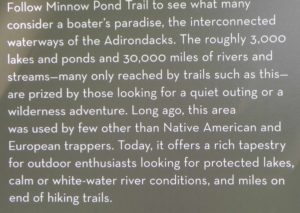
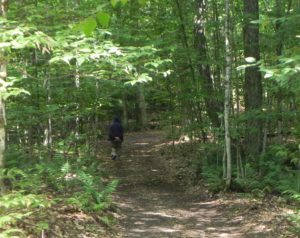
A reminder of the geologic past that shaped the Adirondacks lay all around us. These were the erratics, impressive boulders some the size of a house. These had been dragged south by the mile high ice sheet that covered the Adirondacks during the last ice age. When the ice melted they were plopped down, helter-skelter. Here is one.
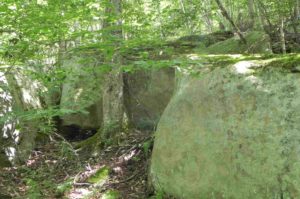
We were amused at one we dubbed the dragon. Someone had carefully laid some small rocks along its “open mouth” to resemble teeth.
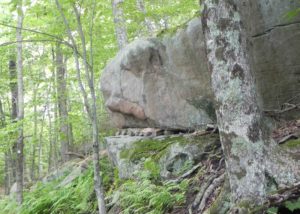
We had not anticipated the presence of signs along the walk. These were very cleverly done and informed us of a wide variety of Adirondack lore, from the emergence of guideboats, to the early tourists, and those who sought to protect this vast and beautiful wilderness. I will share them with you with a little commentary. Let’s start with those on guideboats:
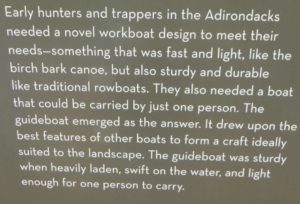
The guideboat, being a rowboat it was easily controlled by one person. This is not the case with a canoe which needed two paddlers to gain the maximum utility of the craft.
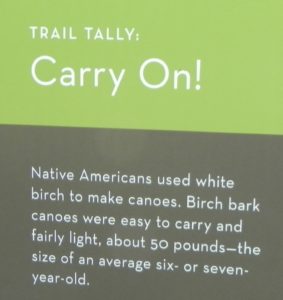
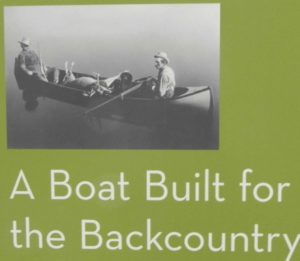
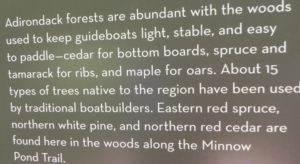
The boat builder of the 1800’s cleverly used the roots of the red spruce tree to gain maximum strength, yet light weight, in their guideboats. They shaped the ribs and stems from the roots so that the grain of the wood followed the curvature of the hull.
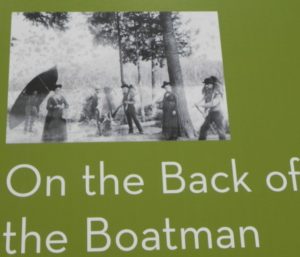
Guideboats are carried overhead using a yoke that fits around one’s neck and rests on the shoulders. This may look easy but I assure you it is not. The Adirondack carries (portages) are rough, rocky trails. They are stony and slippery and can be up to a mile long.
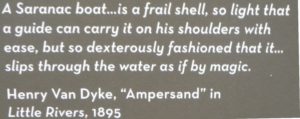
.
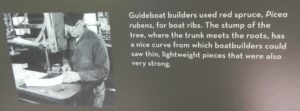
Guideboat builder Willard Hanmer.
Here is Willard Hanmer who built guideboats well into the 1950’s. He used mechanical assists when building his boats. At that time this was the only way to build these boats and still make a living.
Beginning about 1850, sportsmen were attracted to the Adirondacks by tales of a hunting and fishing paradise. One of the those who extolled these riches was William H. H. Murray who wrote Adventures in the Wilderness in 1869. The book was an instant success and became the common man’s pocket guide to the Adirondacks.
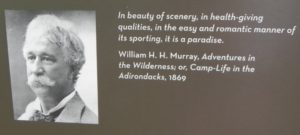
Once railroads laid track to bring tourists closer to the region, they flocked to the Adirondacks. Large hotels sprang up including the Prospect House on Blue Mountain lake, the first in the world to have electric lights in every room. Here is an old photo of the Wawbeek Hotel on Upper Saranac lake.
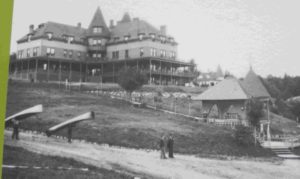
As the region became known, steps began to be taken to preserve it. Verplank Colvin was sent by the New York Legislature to survey the vast wilderness. Here he is.
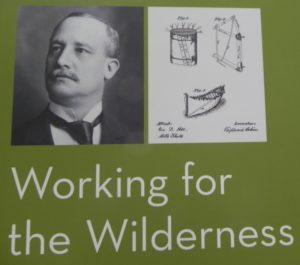
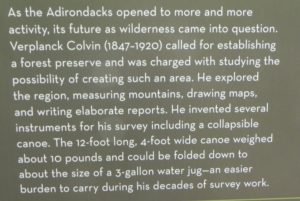
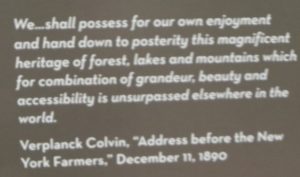
Others took up the quest to preserve the Adirondack wilderness.
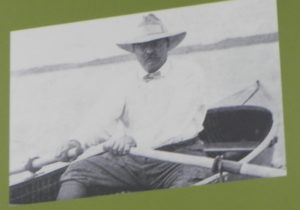
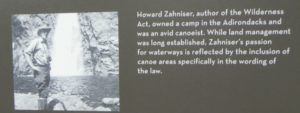
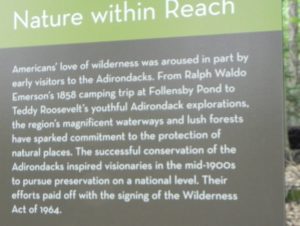
Back on the trail. Here and erratic is shrouded with a mossy blanket. Over eons moss and lichen will consume it. Hard to imagine!
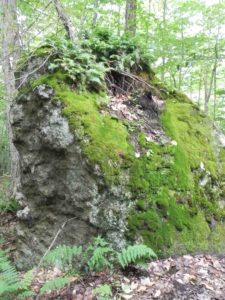
Ah, I spot the pond through the trees ahead. We have arrived.
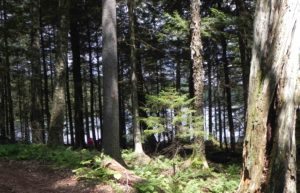
Next time in Part 2, I take out an early 1900’s Blanchard raider guideboat.